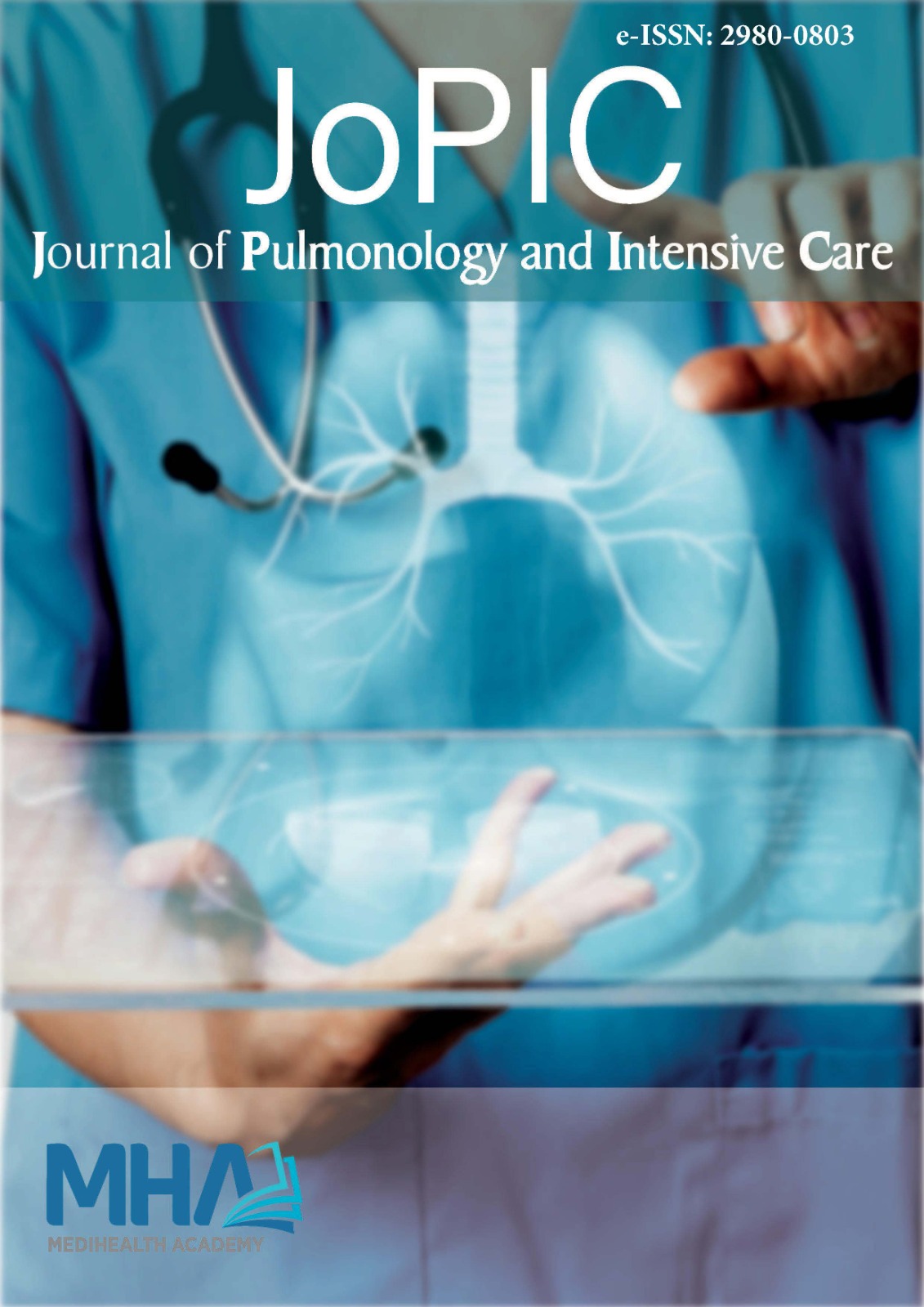1. Behr J, Ryu JH. Pulmonary hypertension in interstitial lung disease.Eur Resp J. 2008;31(6):1357-1367.
2. Perez A, Rogers RM, Dauber JH. The diagnosis of idiopathic pulmonaryfibrosis. Am J Respir Cell Bio. 2008;29(3 Suppl):19-26.
3. McLaughlin W, Badesch DB, Delcroix M, et al. End-points and clinicaltrial design in pulmonary arterialhypertension. J Am Coll Cardiol.2009;54(1 Suppl):97-107.
4. Rose-Jones LJ, Mclaughlin VV. Pulmonary hypertension: types andtreatments. Curr Cardiol Rev. 2015;11(1):73-79.
5. Parikh R, Konstantinidis I, O’Sullivan DM, Farber HW. Pulmonaryhypertension in patients with interstitial lung disease: a tool for earlydetection. Pulm Circ.2022.Oct;12(4):e12141.
6. Raghu G, Amatto VC, Behr J, Stowasser S. Comorbidities in idiopathicpulmonary fibrosis patients: a systematic literature review. Eur Respir J.2015;46(4):1113-1130.
7. Cömert SŞ, Çağlayan B. Pulmonary hypertension related to pulmonarydiseases or hypoxia and its treatment. Anadolu Kardiyol Derg.2010;10(2):S47-S55.
8. King CS, Shlobin OA.The trouble with group 3 pulmonaryhypertension in interstitial lung disease: dilemmas in diagnosis and theconundrum of treatment.Chest. 2020;158(4):1651-1664.
9. Lettieri CJ, Nathan SD, Barnett SD, Ahmad S, Shorr AF.Prevalence andoutcomes of pulmonary arterial hypertension in advanced idiopathicpulmonary fibrosis.Chest. 2006;129(3):746-752.
10. Trip P, Nossent EJ, de Man FS, et al.Severely reduced diffusion capacityin idiopathic pulmonary arterial hypertension: patient characteristicsand treatment responses.Eur Respir J. 2013;42(6):1575-1585.
11. Patel NM, Lederer DJ, Borczuk AC, Kawut SM.Pulmonaryhypertension in idiopathic pulmonary fibrosis.Chest. 2007;132(3):998-1006.
12. Hansen JE, Wasserman K. Pathophysiology of activity limitation inpatients with interstitial lung disease. Chest. 1996;109(6):1566-1576.
13. Holland AE, Hill CJ, Conron M, Munro P, McDonald CF. Small changesin six-minute walk distance are important in diffuse parenchimal lungdisease. Respir Med. 2009;103(10):1430-1435.
14. Sonti R, Gersten RA, Barnett S, Brown AW, Nathan SD.Multimodalnoninvasive prediction of pulmonary hypertension in IPF.Clin RespirJ. 2019;13(9):567-573.
15. Baughman RP, Sparkman BK, Lower EE. Six minute walk test andhealth status assesssment in sarcoidosis. Chest. 2007;132(1):207-213.
16. Cahalin LP, Mathier MA, Semigran MJ, Dec GW, DiSalvo TG. Thesix-minute walk test predicts peak oxygen uptake and survival withadvanced heart failure. Chest. 1996;110(2):325-332.
17. Paciocco G, Martinez FJ, Bossone E, Pielsticker E, Gillespie B,Rubenfire M. Oxygen desaturation on the six minute walk test andmortality in untreated pulmonary arterial hypertension. Eur Respir J.2001;17(4):647-652.
18. Bourbonnais JM, Samavati L. Clinical predictors of pulmonaryhypertension in sarcoidosis. Eur Respir J. 2008;32(2):296-302.

